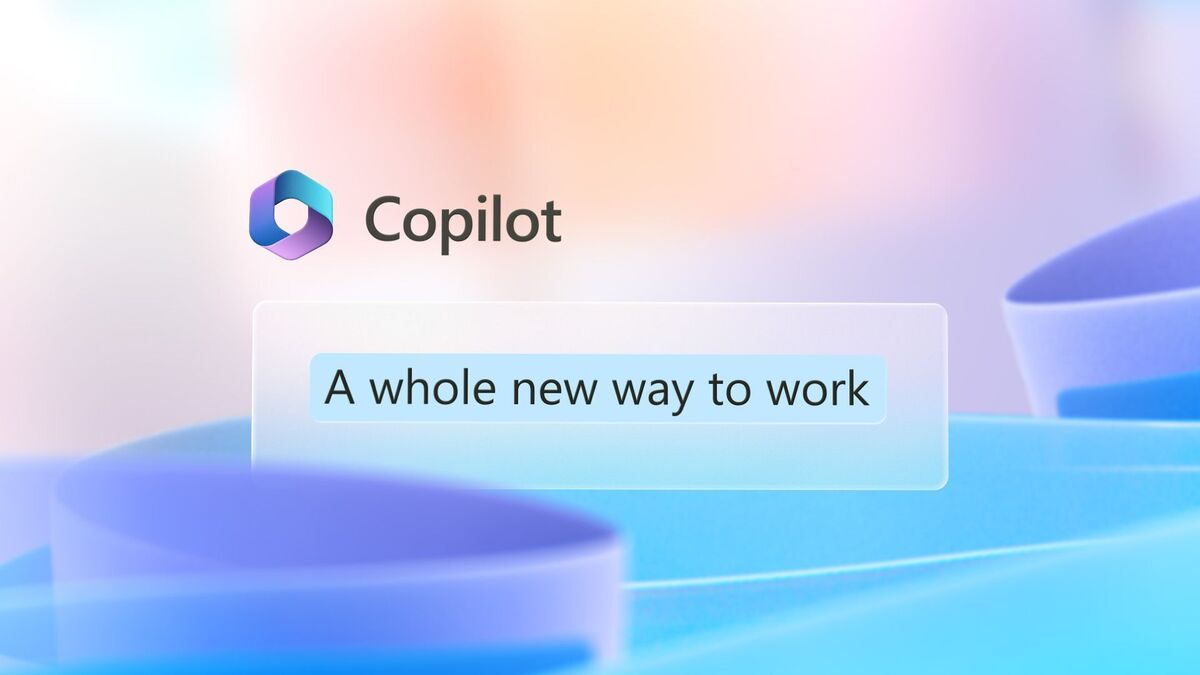(Microsoft is a client of the author.)
Microsoft has unveiled its ‘Copilot’ generative AI for Office and I believe it is as big a game changer as the launch of Windows (and I was the launch analyst for Windows when I started my career).
With any advance like this, there is always an impact on employment, performance, and the trajectory of the related work. In thinking about generative AI, the third segment of the movie Fantasia — “The Sorcerer’s Apprentice” — comes to mind. It dramatizes what can happen when someone gets an incredible power, but doesn’t know how to use it properly and lands in an ocean of trouble. The most important part of using a force-multiplier tool like generative AI is to learn how to use it well and responsibly.
The tool’s strongest power is quantitative, because you can do far more in less time with it. (It has some qualitative capabilities, too, but those are less mature at this stage.) All too often, people who focus on quality do so at the expense of quantity, so boosting output using AI tools might allow them to turn out more top-notch work; conversely, those who work quickly may be sacrificing quality — so increasing their output will only make things worse.
My warning for the “fast” folks: these kinds of tools might be really attractive, but in the end you still need to focus on the quality of your work.
The Tesla example
Tesla is a good example. When it got into the automotive market, it built its business as a technology company should, with a heavy focus on automation and robotics. What it didn’t have is deep knowledge of how to build cars. As a result, it was able to build affordable electric cars before anyone else, but it struggled with unbelievable quality problems that lingered longer than they should have. Tesla focused on speed and cost containment, but the technology it used, robotics and automation, like Generative AI, sped up production without improving the quality.
In…
2023-03-19 04:35:44
Original from www.computerworld.com
